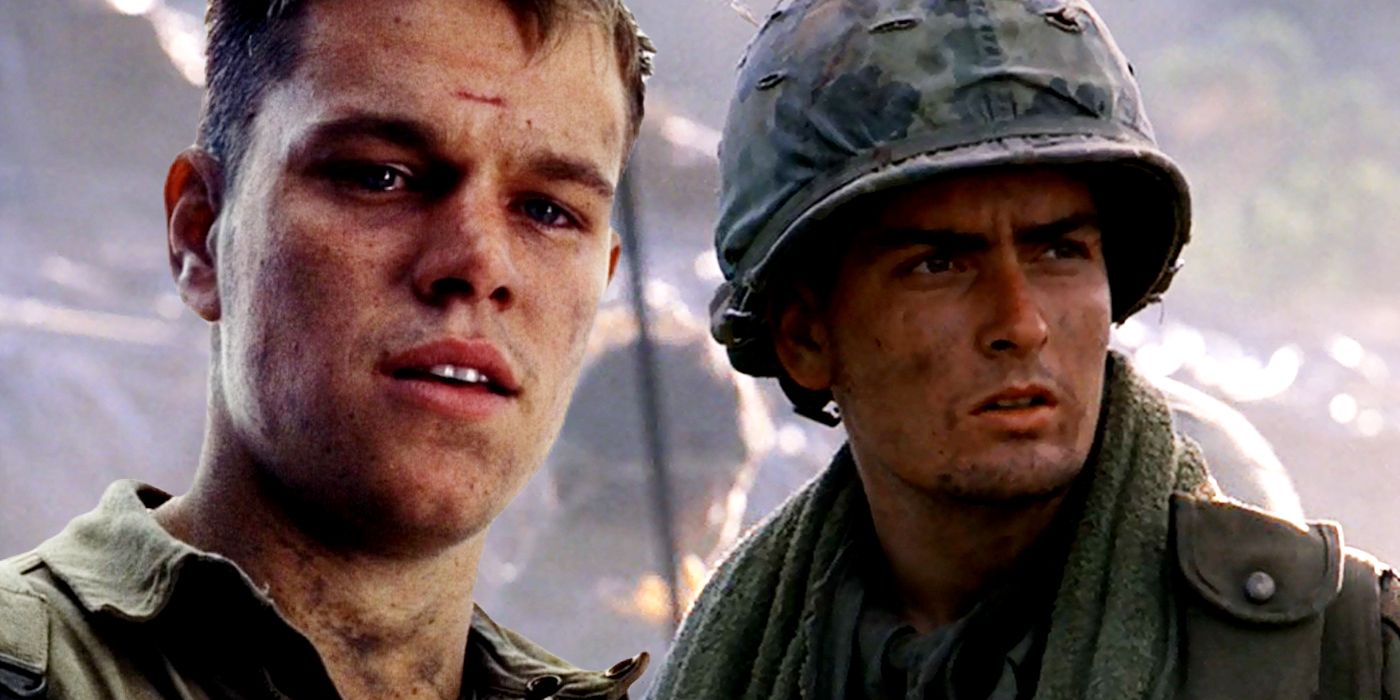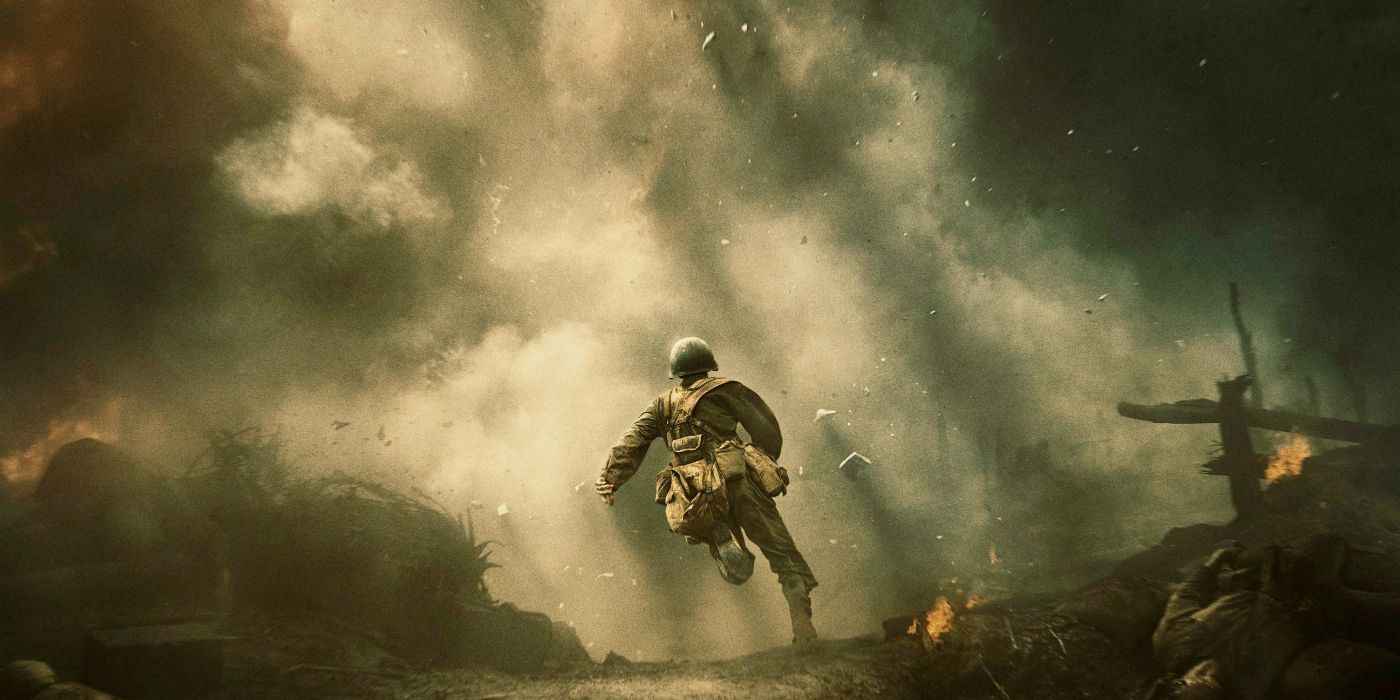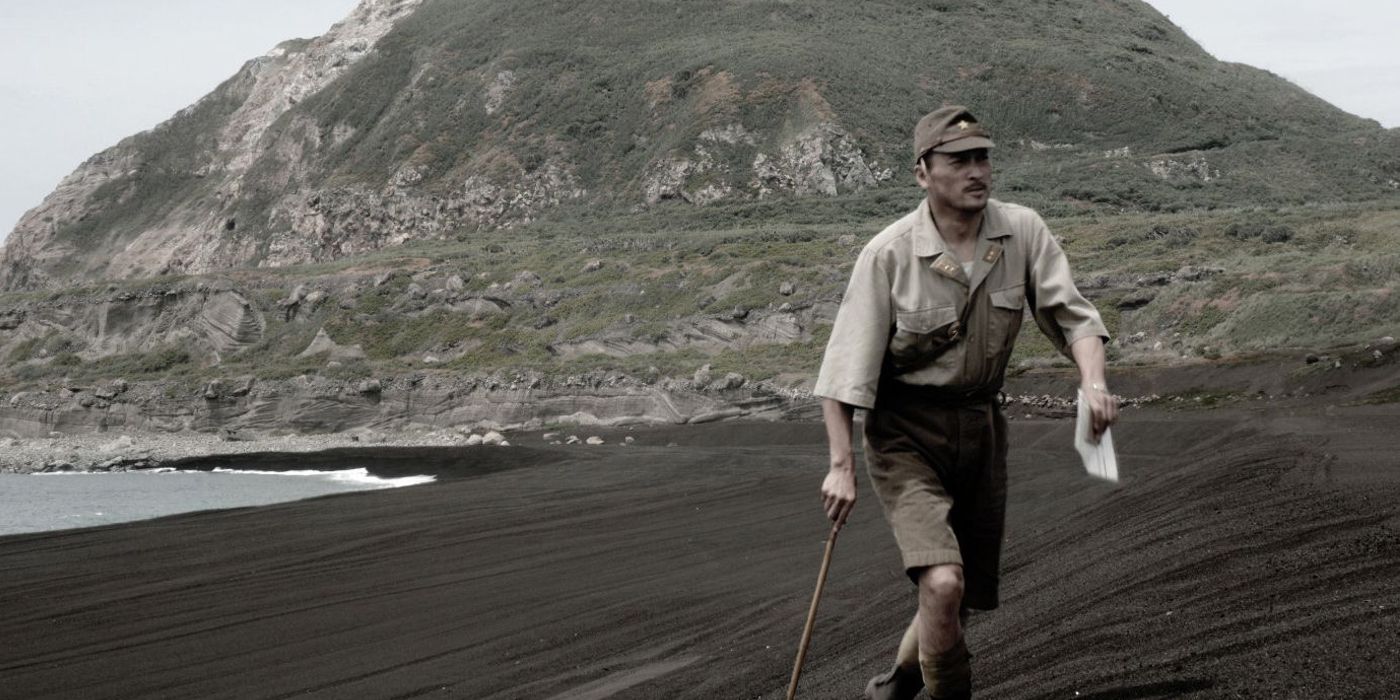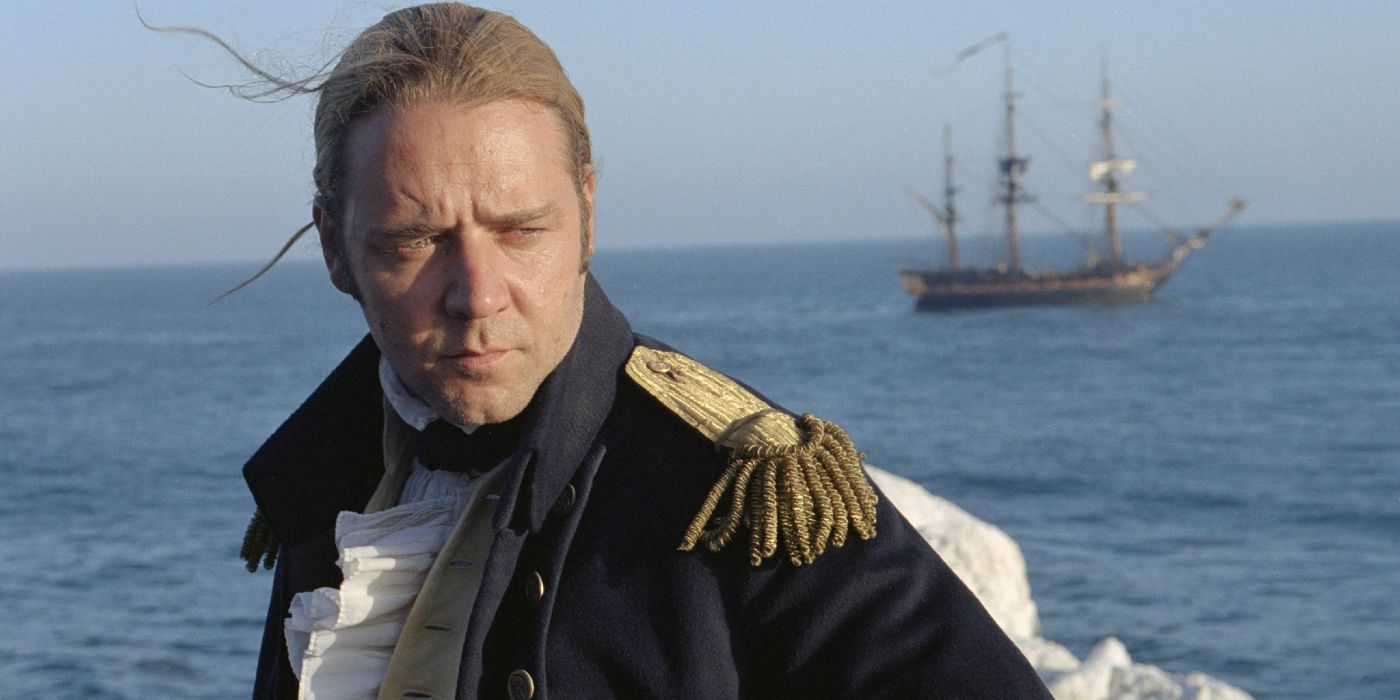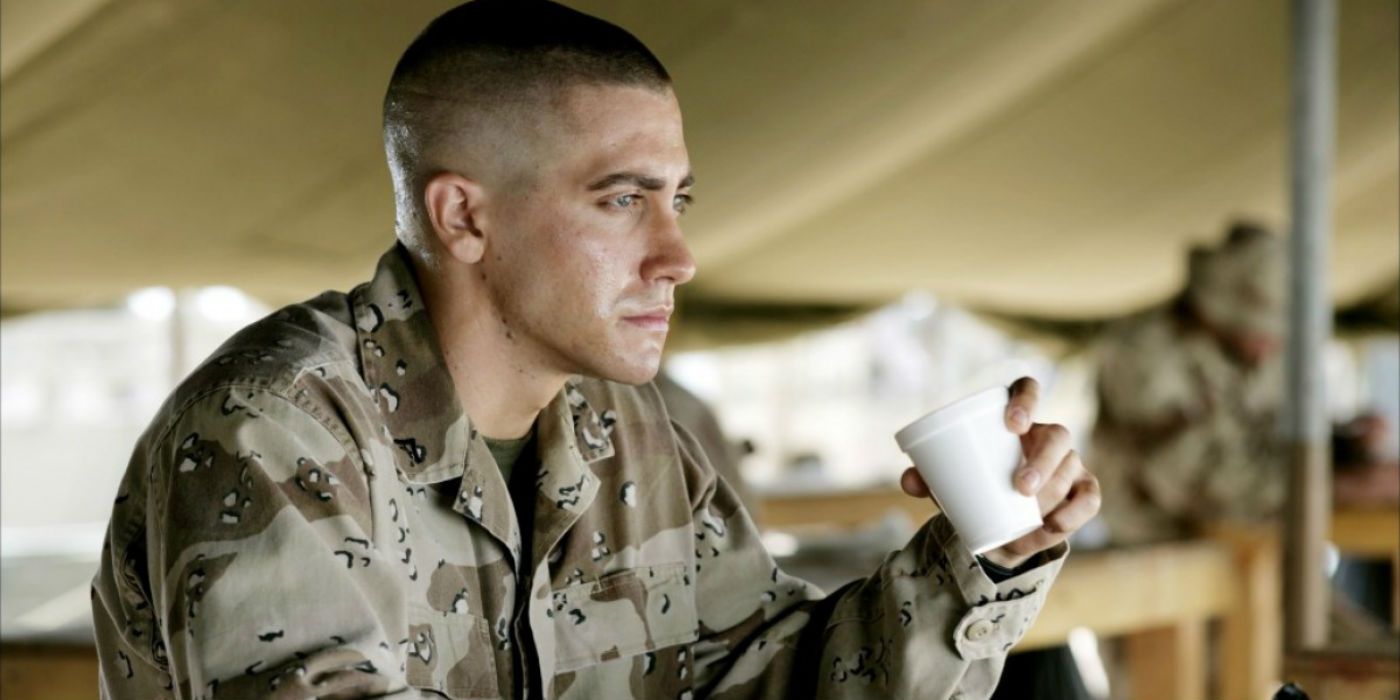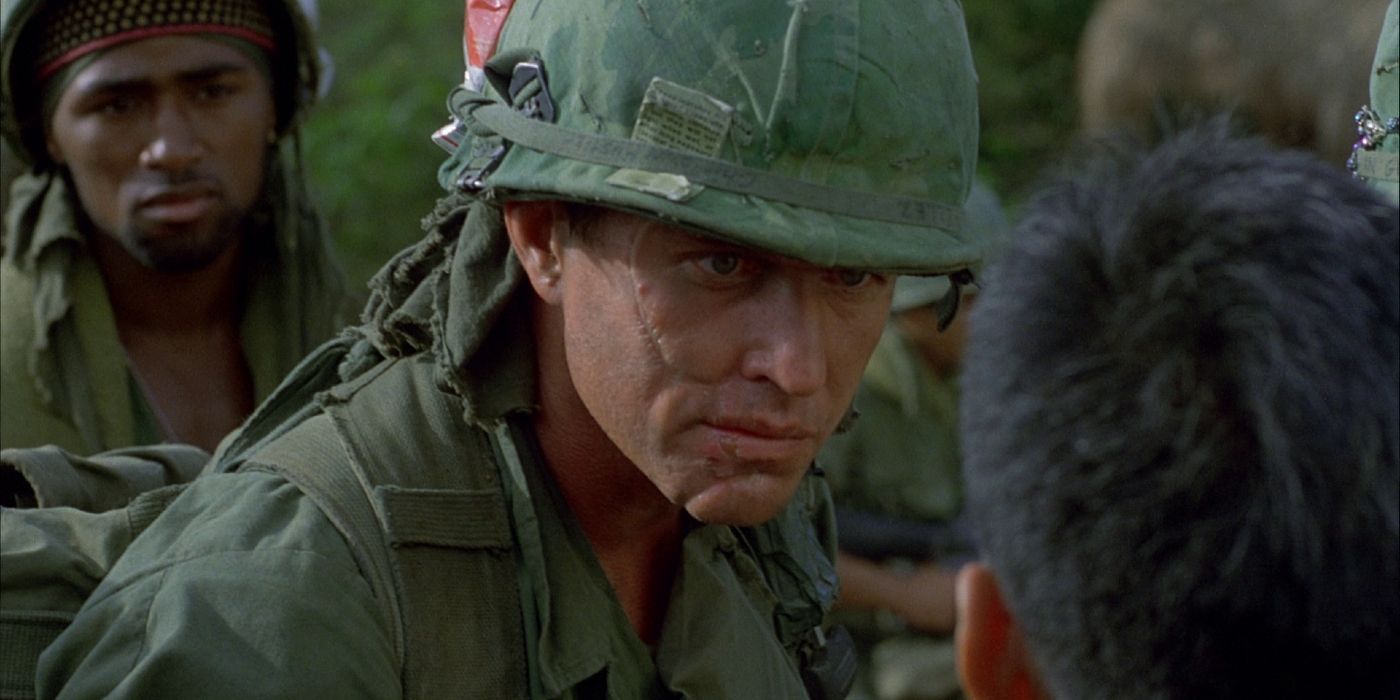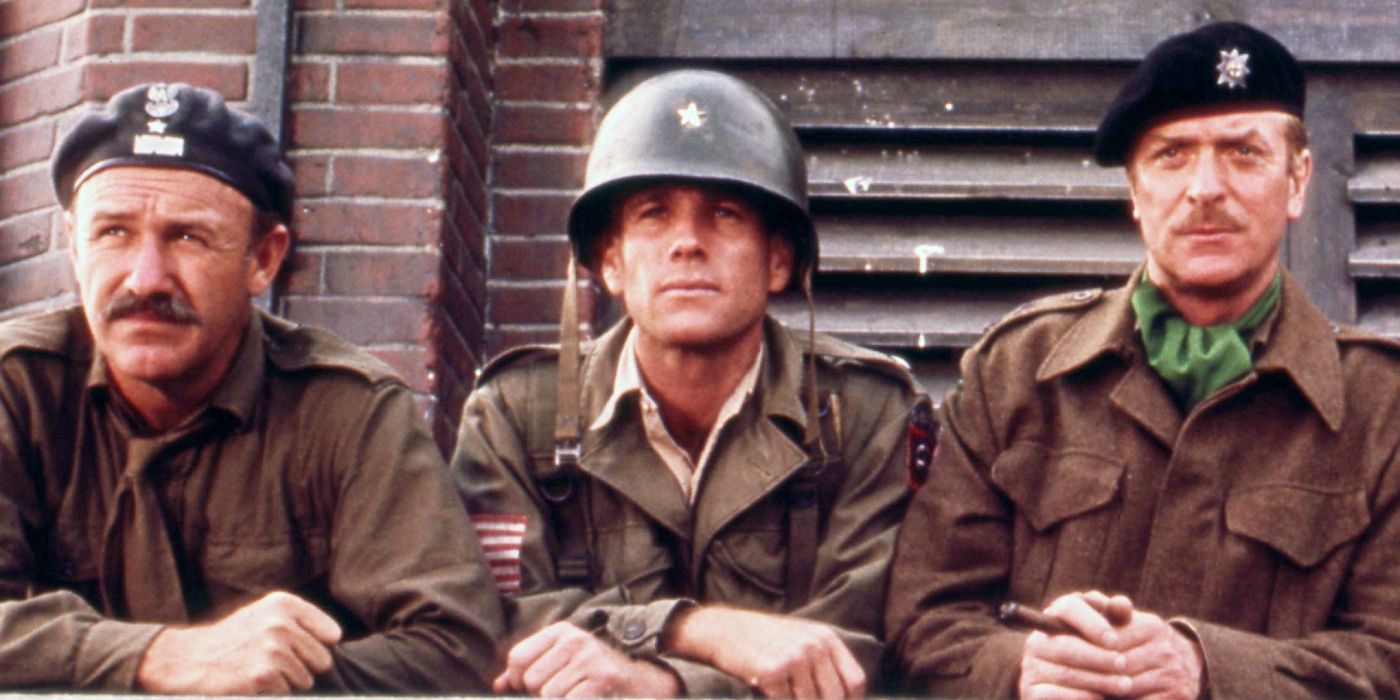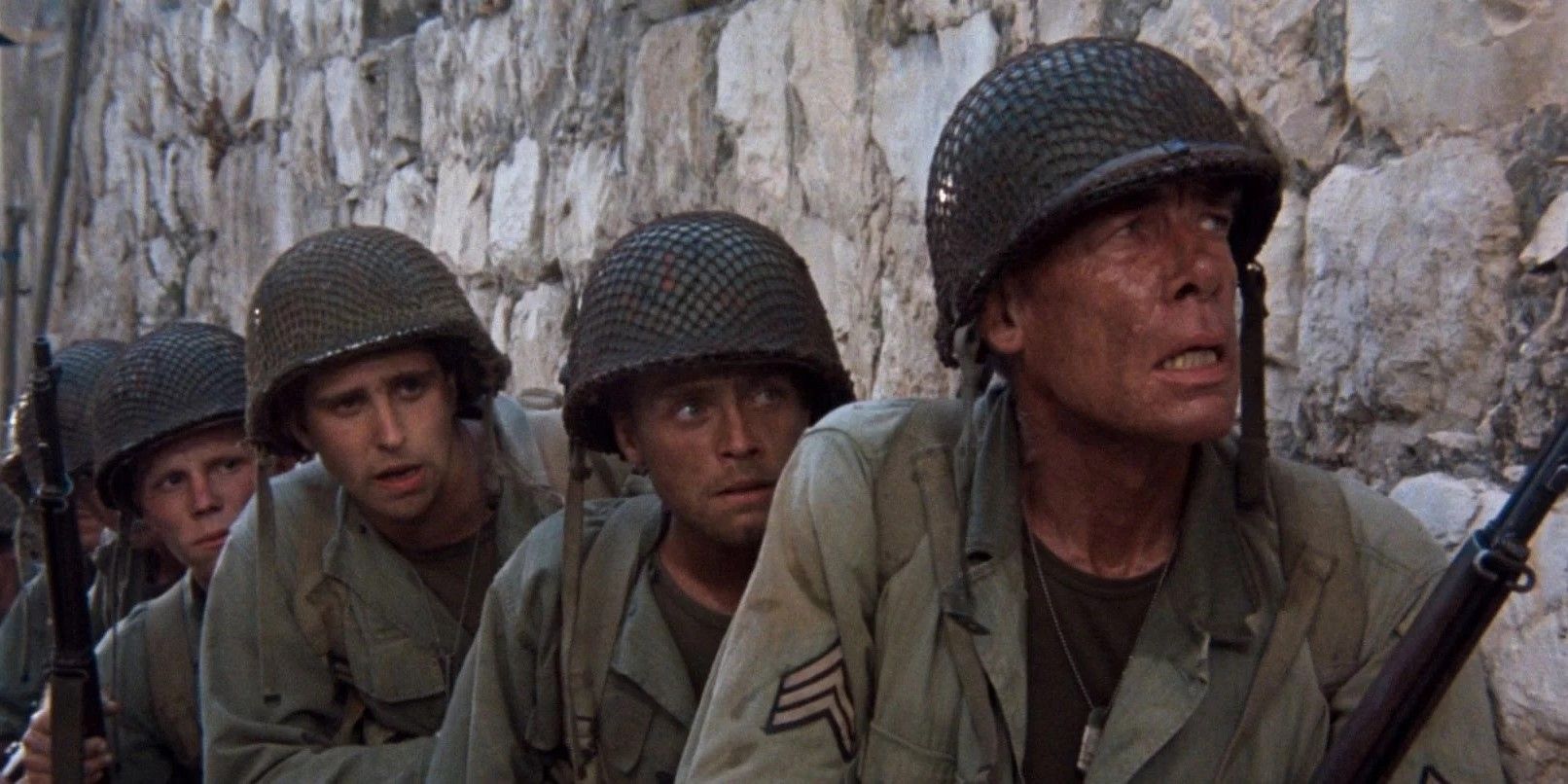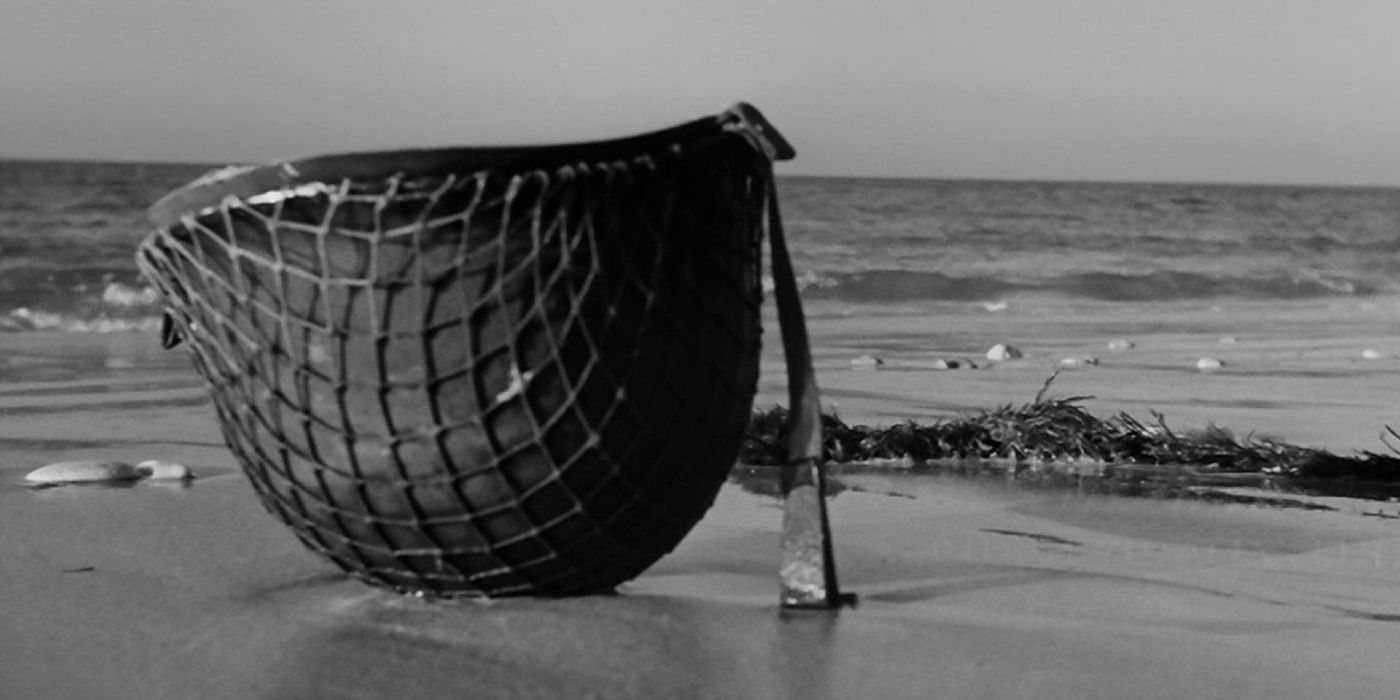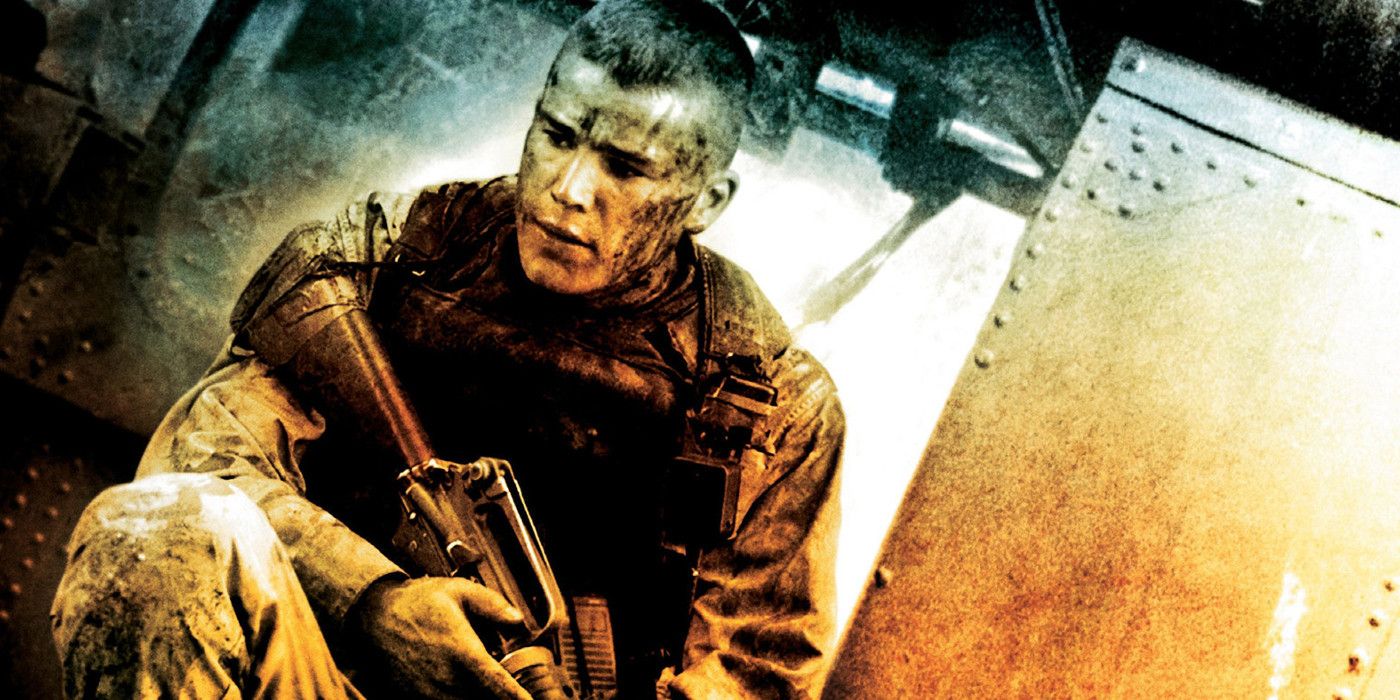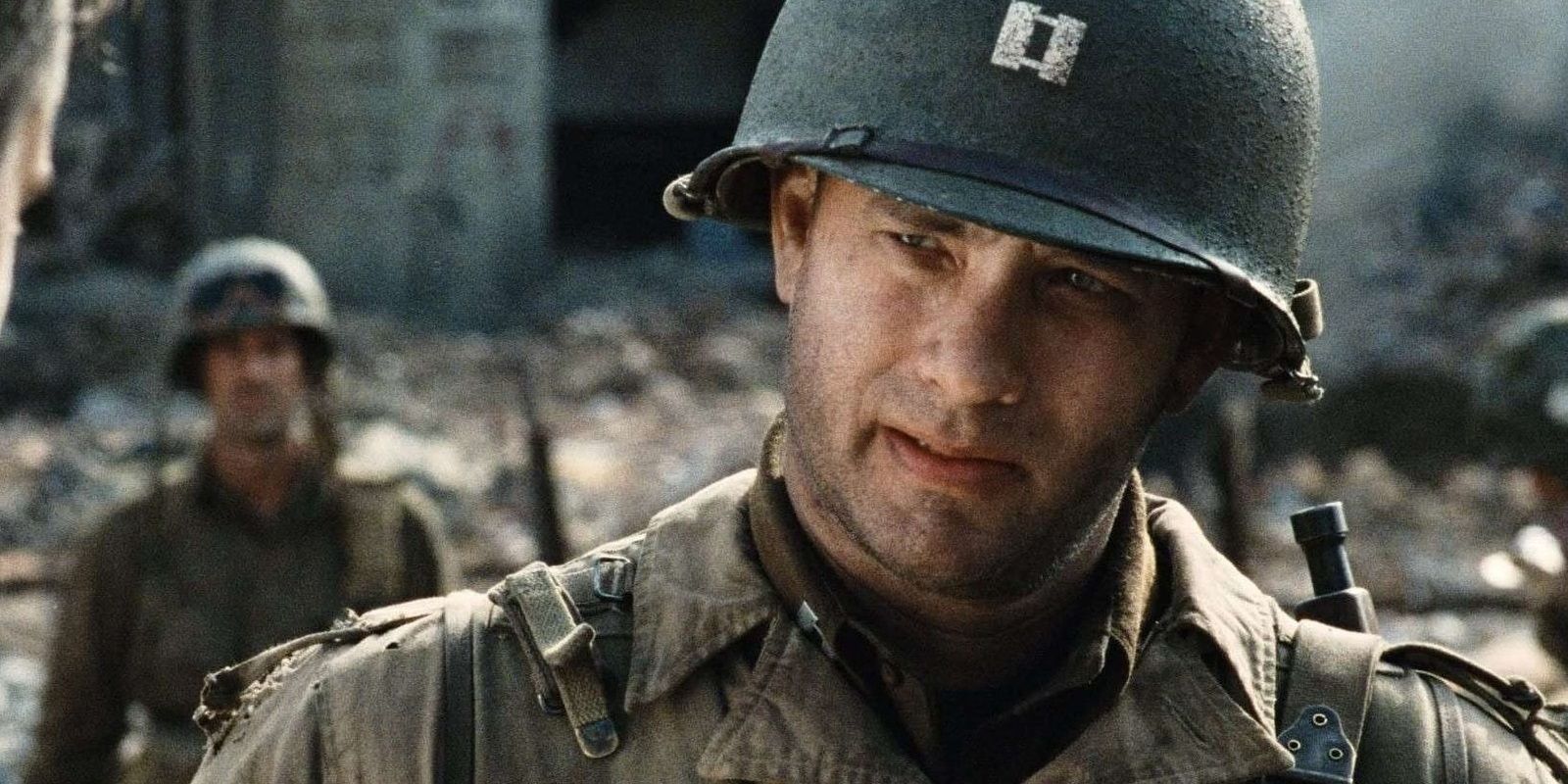The war movie genre is home to some of the greatest films ever produced, and while many have played fast and loose with historical record, a great many can still be considered historically accurate. Some of these films portray a fictitious story but maintain a real historical context, while others recount genuine battles beat-by-beat. In some cases, individuals who participated in the battles or conflicts being depicted onscreen have been involved with the project itself - many as directors, writers, or even actors.
While the following films each do an excellent job of either conveying the feel of a battle or providing an approximation of soldier life in a given setting, there are still certain elements that a fictional medium will inevitably get wrong. This can sometimes be down to oversight or misunderstanding, or for the sake of added dramatization. Either way, each movie demonstrates an impressive level of authenticity, and is a fine example of the genre.
10 Hacksaw Ridge
Director Mel Gibson's 2016 war film Hacksaw Ridge tells the story of real-life Medal of Honor recipient Desmond Doss - a combat medic who refused to carry a weapon on religious grounds during the Second World War. Doss, who is portrayed by Andrew Garfield in the film, served with distinction during the Battle of Okinawa in the closing stages of the Pacific Theater, saving the lives of over 70 U.S. soldiers. Hacksaw Ridge accurately portrays his feats on the Japanese home island, as well as the pressure he faced as a conscientious objector.
9 Letters From Iwo Jima
Letters from Iwo Jima was the second movie directed by Clint Eastwood to focus on the pivotal Battle of Iwo Jima, the first of which was Flags of Our Fathers, which told the story of the U.S. Marines who raised the flag over Mount Suribachi. Both films present a largely accurate account of the battle, which saw the decimation of the 20,000-strong Japanese garrison stationed on the island. However, Letters from Iwo Jima benefits from utilizing additional source material, including the letters written by General Tadamichi Kuribayashi, to provide a rare but authentic look into the mindset of Japanese soldiers who opposed the Americans.
8 Master And Commander: The Far Side Of The World
Although based on the fictional Aubrey-Maturin novels written by Patrick O'Brian, Peter Weir's stunning Master and Commander: The Far Side of the World presents an accurate picture of the Napoleonic era. The film's costume and production design are deeply impressive, and, like the books on which it is based, the minutiae of naval life and tactics are rendered compellingly. There are some key differences between the film and the source material, however. Weir's film switches the setting of O'Brian's Far Side of the World novel, which depicts Aubrey's pursuit of a French-made American vessel during the War of 1812, to 1805.
7 Jarhead
Few war films have come close to capturing the tedium of military life before and during deployment described by veterans quite like Jarhead. Based on the writings of Marine veteran Anthony Swofford, Sam Mendes' 2005 Jake Gyllenhaal-led movie is set in the build-up to and the beginning of the First Gulf War. The film dives deep into the training process and subsequent psychological strain of soldiering, in particular the mind-numbing repetition of activities while deployed. Providing a fittingly sardonic adaptation of Swofford's account and ending on an anticlimax that also illustrates the influence of air power in modern warfare, Jarhead is one of the most realistic war movies ever made.
6 Platoon
Oliver Stone's Platoon was a watershed moment for pop culture and the Vietnam War, presenting an unvarnished and mournful depiction of the conflict that could have only been developed by someone who served in it. Stone completed one tour of Vietnam and was wounded twice in combat. He drew upon these experiences to develop Platoon - his fourth film as a director.
While not based on any specific account or combat scenario, Platoon offers an accurate depiction of the Vietnam war and the lives it destroyed. Stone's approach yields compelling results, capturing the heat of the Vietnamese jungle, the unpredictable nature of fighting an insurgency, and the dehumanizing effects of war. Platoon renders the destructive toll of the conflict against a backdrop of napalm and Samuel Barber, and remains one of the most important and authentic war movies ever produced.
5 A Bridge Too Far
Richard Attenborough's A Bridge Too Far is one of the most underrated WW2 films, and one of the most committed to historical detail. Based on Cornelius Ryan's book of the same name, A Bridge Too Far charts the failed Allied invasion of Holland in 1944, devised by British general Sir Bernard Montgomery as the Allies raced to end the war by Christmas. Attenborough's film does a commendable job detailing Operation Market Garden and why it failed, switching perspectives between British, American, and Polish elements as Montgomery's plans slowly unravel. Umbrella-wielding British paratrooper Harry Carlyle was even inspired by real-life soldier Digby Tatham-Warter, who wielded the item when defending Arnhem Bridge.
4 The Big Red One
The Big Red One by Samuel Fuller is a WW2 epic that follows the exploits of a company embedded within the U.S. 1st Infantry Division, which saw combat across North Africa, Italy, France, Belgium, and Central Europe. Fuller was himself a veteran of The Big Red One, and drew upon his own wartime experiences when developing the film, which was co-led by another WW2 veteran in Lee Marvin, who fought as a Marine sniper in the Pacific Theater. The Big Red One provides one of the most grueling pre-Saving Private Ryan depictions of the conflict, with Fuller's own personal history lending an added layer of authenticity.
3 The Longest Day
When compared to Saving Private Ryan or Band of Brothers, it could be argued that The Longest Day presents a rather sanitary depiction of World War II. An international co-production laden with Hollywood talent, The Longest Day lacks any of the grit or ferocity that made later works like Saving Private Ryan so impactful. However, while it fails to illustrate the horror of the conflict overall, The Longest Day does an excellent job detailing the minutiae of the D-Day landings - starting with the lead-up to the invasion and culminating with the Normandy beachheads secured.
What makes The Longest Day so unique, however, isn't just that it presents a record-focused account of Operation Overlord, but that it depicts differing perspectives of the invasion. Although the Canadian contribution is omitted, The Longest Day expertly shows British, American, and French involvement in the landings. It also depicts the chaotic German response, right down to Hitler's sleep preventing the immediate release of vital Panzer divisions to the coast. The Longest Day's comprehensive approach ensures that the scale of the Allied invasion is better understood - even if its dazzling combat sequences lack the venom of its successors.
2 Black Hawk Down
While there are key areas in Black Hawk Down that diverge from accounts of Operation Gothic Serpent, Ridley Scott's 2001 war film remains a stark and brutal depiction of the horrors of modern combat. Based on the book by Mark Bowden, Black Hawk Down tells the story of the Battle of Mogadishu, which took place in 1993 during the U.S.-led intervention to oust Somalian leader Mohamed Farrah Aidid. Benefiting from real-time documentation and witness accounts, Scott's film depicts the entirety of the battle, from the preparation stages through to the evacuation of U.S. forces into the Pakistani-controlled Mogadishu Stadium.
1 Saving Private Ryan
Although the latter half of Saving Private Ryan presents an entirely fictional operation to rescue a soldier serving in the 101st U.S. Airborne Division, it remains one of the most authentic and impactful depictions of WW2. Commencing with the bloody and devastating U.S. landings on Omaha Beach during D-Day, Spielberg's war movie baptizes the viewer with a hail of bullets and body parts, illustrating the cold, wet hell that awaited the infantry once they reached the French coast. Saving Private Ryan's opening sequence is a revelatory and enduring contribution by cinematographer Janusz Kaminsky, renegotiating both the viewing public and Hollywood's relationship with WW2, and earning praise from Omaha veterans.

